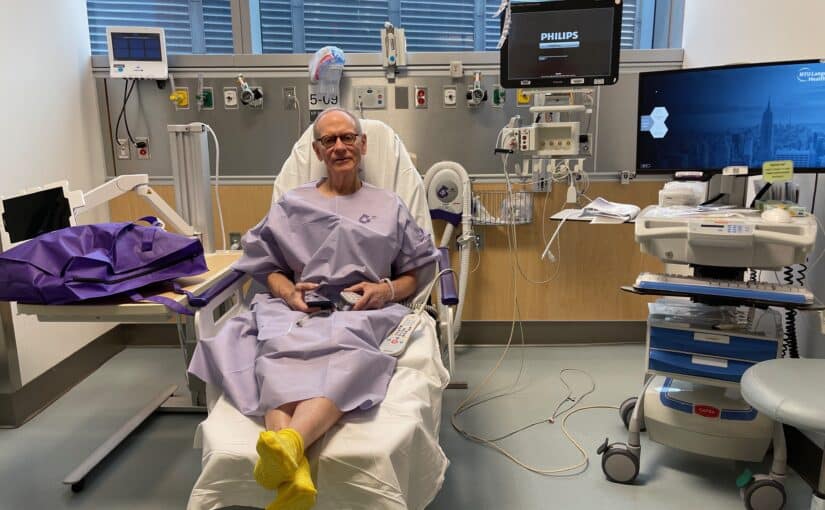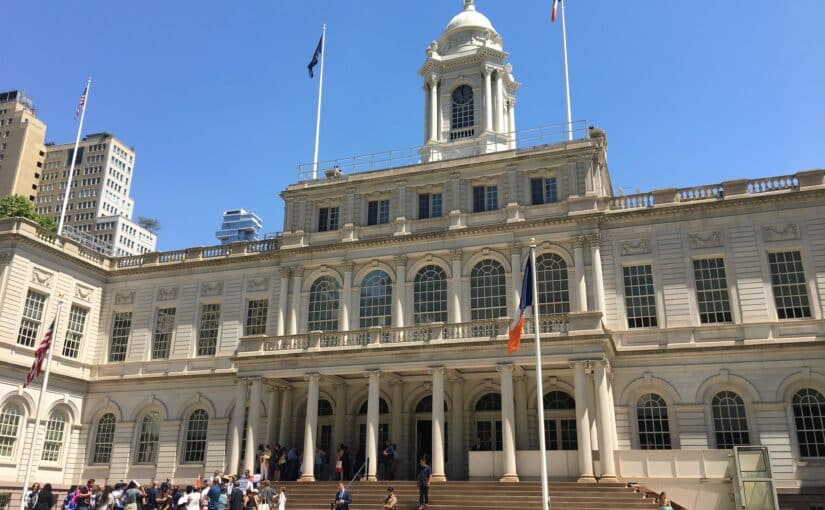By Barbara Nevins Taylor
67-year-old Thomas Yarnavick looked more like a nursing home resident than a killer when he appeared before Judge Dorothy Chin-Brandt in Queens Supreme Court and she sentenced him to 17 years in prison.
The facts were plain and he admitted to them. Yarnavick said he and his 71-year-old roommate at the Beacon Rehabilitation and Nursing Center in Rockaway Park argued about closing the white curtain that separated their beds.
When the argument in the early hours of October 2013 got too much for him, Yarnavick admitted he took off the metal footrest from a wheelchair and hit his roommate, Jailail Singh, in the head repeatedly. He then hid the bloody footrest in a hamper.
District Attorney Richard Brown said, “This was a particularly senseless and disturbing killing of a man living out his days at a nursing facility.”
It was disturbing and senseless. Certainly, it’s extreme. But if you spend any time in a congregate care facility for elderly people, you might not find this so surprising.
My 90-something mom lived at a beautiful and well-run assisted living facility, but there was a man who was nasty and mean to some of the other residents. Staffers told me that one day, he was picking on a woman who started to cry.
My mom saw the woman crying and marched over, pushing her walker as fast as she could. She took the woman by the arm and pulled her away. “Stay away from him. He’s a bully. Don’t let him make you cry,” she said.
This made my mother a hero to her friend and the staff. But it’s also an insight into the human dynamics of a place where people live in close proximity and get on each other’s nerves.
Intervention is not always possible. Tempers flare and when they do, some resort to violence.
The U.S. Department of Justice (DOJ), the Department of Health and Human Services (HHS) and the Department of Aging are trying to raise awareness and prevent violence against the elderly and elder abuse. Researchers estimate that one in ten Americans over 60 experience abuse.
The numbers are muddy because crimes by and against the elderly often go unreported. But it’s thought that 5 million older people face some kind of abuse, whether it’s physical, psychological, financial, or neglect, annually.
For those of us in the Baby Boom generation, violence and the elderly is a serious concern. The Obama administration and advocates say they want to aggressively tackle the potential threat of violence to a huge segment of the population.
Kathy Greenlee, HHS’ assistant secretary for aging and administrator of the Administration for Community Living, said, “From now until 2030, every day, about 10,000 baby boomers will celebrate their 65th birthday. And the fastest-growing population is people 85 years old and older. Stemming the tide of abuse will require individuals, neighbors, communities, and public and private entities to take a hard look at how each of us encounters elder abuse—and commit to combat it.”
Advocates created what they call the Elder Justice Roadmap, which highlights a government effort to combat violence. They plan a series of workshops and symposia to tackle the issue. Two New York institutions, the Brookdale Center for Healthy Aging at Hunter College, the Harry and Jeannette Weinberg Center for Elder Abuse Prevention at the Hebrew Home at Riverdale, and the New York City Elder Abuse Center will be co-sponsoring a symposium in September 2014.


